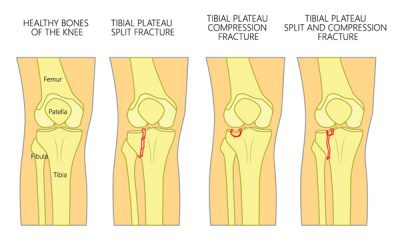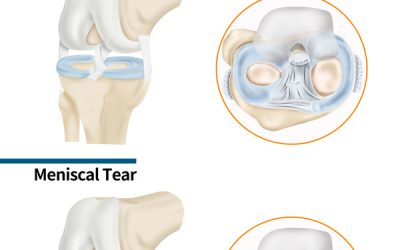Neurological syndromes and the corresponding knee misalignment.
Peroneal nerve entrapment – Posterior fibula dysfunction.
This nerve is a branch of the sciatic nerve as it passes behind the knee and wraps around the fibula head as it travels down the leg. Compression on this nerve causes pain at the side of the leg down to the foot and sensation loss at the dorsum of the foot. Depending on the level of damage, it may also cause foot drop.
Saphenous nerve entrapment – Rotated femur misalignment
Is an uncommon syndrome that may be trigger by a misalignment of the femur, causing a direct irritation on the saphenous nerve. Increase ‘’Q’’ angle deformities may also predispose to this condition. Patients usually report of burning pain sensation at the inner lower leg and occasional numbness below the patella.
Chronic injuries at the hip may also narrow the nerve passage due to the scar/fibrotic tissue at the superficial fascia and by the osteophytic bone formation from the underlying bones.
Assessment
The entire lower extremity biomechanical chain must be evaluated as part of the hip neurological analyses as per the neurological and mechanical influences of the spine, hip and foot..
Clinical assessment of the hip and knee joints.
Neurological examination.
X-ray analysis
Anterior – Posterior (AP) X-ray knee view is essential to check the overall alignment of the knee
Lateral Xray knee view is important to analyse the rotational femur misalignments that are common involved in these neurological syndromes
MRI analysis
Important exam to verify the level of narrowing of the nerve passage and the exact point of irritation
Rule out any other condition; There are rare disorders that may create similar patterns of dysfunction, is advisable to rule out these conditions prior to the start of the treatment.
Treatment protocol
Restore the biomechanical alignment of the knee
Neuromobilization techniques may be used once the direct compression of the nerve is reduced.
Specific therapeutic essential oils are applied to reduce nerve inflammation and enhance healing.
Depending on the level of nerve compromised and chronicity of the misalignment a minimum of 6 weeks up to 12 weeks of treatment care may be necessary to resolve this deformity.




